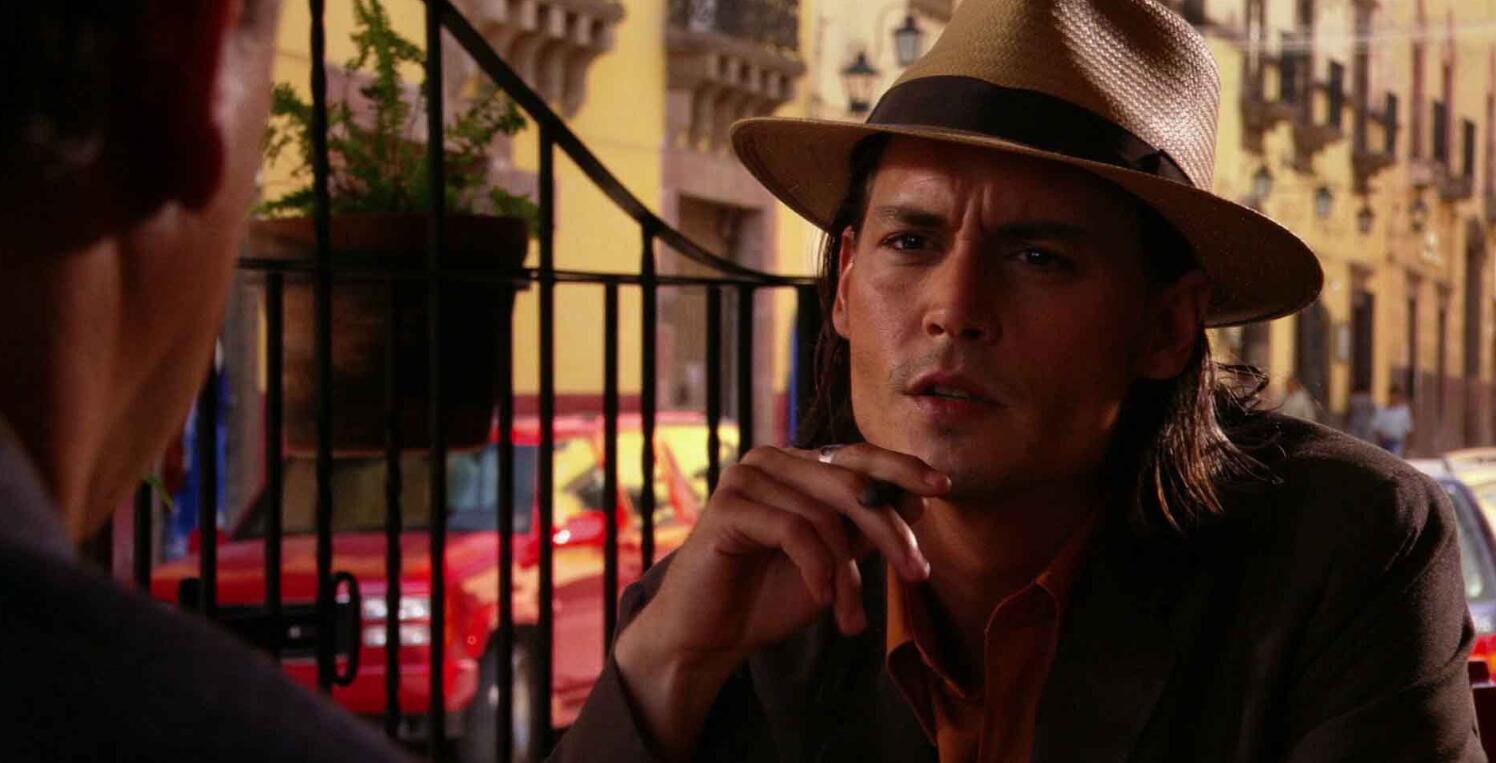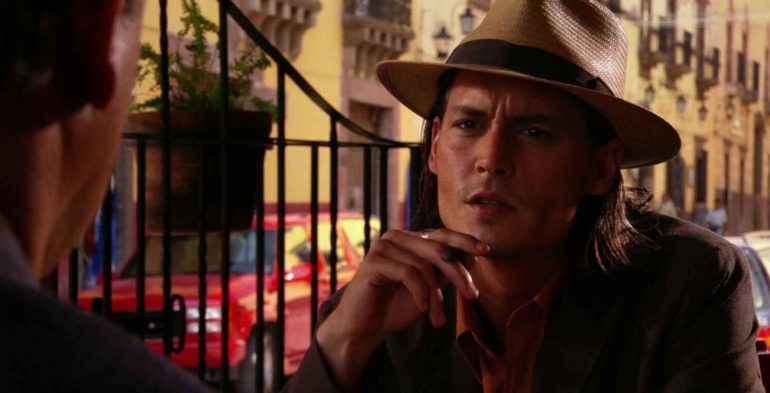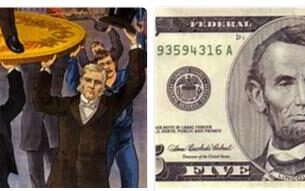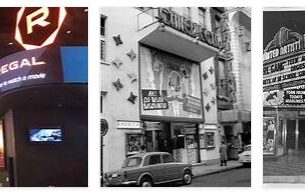The first public film screening in Mexico took place on April 14, 1896, and production of topical films began the same year. Salvador Toscano Barragan made a short fiction film as early as 1899, and did a lot of documentary over the next 20 years. His daughter Carmen Toscano de Moreno later produced the documentary Memorias de un Mexicano (1950) on the basis of this material. The first feature film of importance is considered the gangster movie El automóvil gris (1919) directed by Enrique Rosas. Other silent film directors include Miguel Contreras Torres and Manuel Ojeda. An inspiration was Sergei Eisenstein who in 1930–32 recorded his unfinished documentary Que Viva México!
The first Mexican sound film was Santa (1931). The introduction of sound began a period of growth, and the state financial institution Banco Cinematográfico was established in 1942. the award-winning María Candelaria (1943). His photographer was the talented Gabriel Figueroa, and among the central actor names of the era we find Dolores Del Rio and Pedro Armendariz. The comedian Cantinflas also became very popular.
Spaniard Luis Buñuel found in Mexico an exile from the Franco regime and made a series of very significant films, from the uncompromisingly realistic Los Olvidados (Society’s step- child, 1950) to the fable El angel Angel Exterminador (The Morning Angel, 1962). Buñuel’s assistant on the latter film, Arturo Ripstein, has since been one of Mexico’s most prominent directors; the debut Tiempo de Morir (1966) had the script of Carlos Fuentes and Gabriel García Márquez.
The production numbered 82 feature films in 1945, and continued to grow in the post-war era of the record year 1958 with 136 films. In the early 1960s, the Mexican film industry was heavily outperformed by television, and production slowed. So-called “churro” films, easy-going entertainment in various variants, dominated the production. In the 1970s, a new generation of directors came, including Paul Leduc with Reed: Mexico insurgents (1971) and Jorge Fons with Fé, Esperanto y caridad (1974). Chilean Alejandro Jodorowsky made the cult success of El Topo(1970). In the late 1970s, the authorities disbanded Banco Cinematográfico and privatized the film industry. The Cineteca Nacional film archive was completely damaged in a fire in 1982. However, a new film institute was established in 1983 for the purpose of supporting production.
Among those who later received international distribution are Paul Leduc with the documentary Frida, naturaleza viva (1985), about the painter Frida Kahlo, and Alfonso Arau with Como agua para chocolate (Hearts in Chile, 1992), after Laura Esquivel’s novel, besides Arturo Ripstein with La Virgen de la Lujuria (2002). Among the new talents at the turn of the millennium are Alejandro Gonzaléz Iñárritu with Amores perros (Beloved herdsmen, 2000) and Alfonso Cuarón with Y tu mamá también (And mora di ook , 2001).




